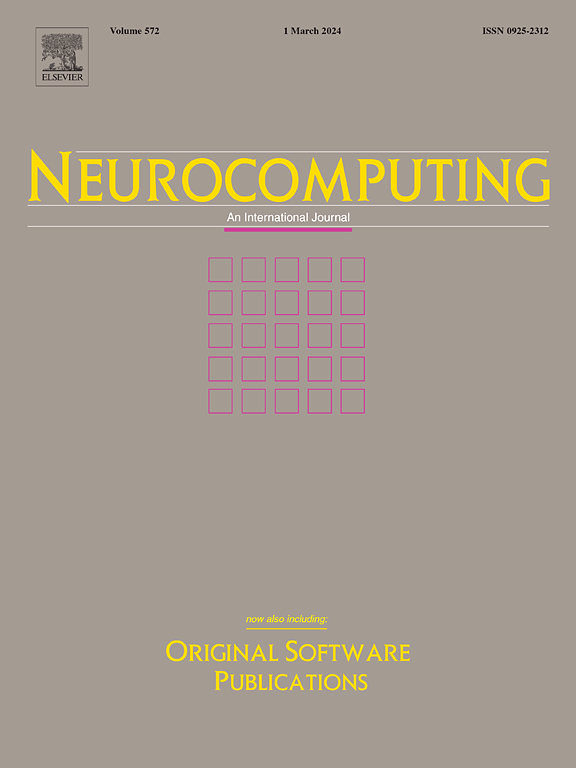A hybrid approach combining sentiment analysis and deep learning to mitigate data sparsity in recommender systems
IF 5.5
2区 计算机科学
Q1 COMPUTER SCIENCE, ARTIFICIAL INTELLIGENCE
引用次数: 0
Abstract
The optimization of recommendation systems (RS) is crucial for delivering personalized product suggestions. Despite their successes, RS approaches often face challenges, such as data sparsity in the user–item matrix, which can undermine their performance. To address these challenges, integrating additional information sources, such as item/user profiles and textual reviews, is essential. These sources offer valuable insights into user preferences and item characteristics, helping in understanding the contextual details of both. This study focuses on developing an advanced RS architecture that combines Singular Value Decomposition (SVD) with BERT-CB methods and a Hybrid Model-based Sentiment Analysis. By integrating BERT with Multilayer Perceptron (MLP) methods, the system gains a deeper understanding of item profiles, improving the comprehension of user preferences and item characteristics. Additionally, a novel hybrid approach for sentiment analysis is proposed, using GloVe embeddings and CNN-BiGRU, improving the accuracy and robustness of sentiment detection in user reviews. This comprehensive understanding, combined with collaborative filtering models like SVD, enables the system to provide highly accurate recommendations. The proposed approach consists of four main phases: first, embedding review text using GloVe embeddings and developing a hybrid sentiment analysis approach with CNN and BiGRU architectures; second, creating a BERT language model for generating embeddings from item profile texts, followed by dimensionality reduction using Auto-Encoder; third, using these vectors to build a novel MLP model; fourth, developing a Collaborative Filtering method using SVD, and finally, combining these methods into a hybrid approach and conducting a comprehensive evaluation. Empirical results clearly show the effectiveness of our approach, particularly the combination of GloVe-CNN-BiGRU and BERT-CB with SVD methodology, demonstrating significant improvements across various performance metrics. This confirms the practical value of using contextualized data from BERT-CB and the sentiment analysis approach, enhancing the recommendation system’s effectiveness.
求助全文
约1分钟内获得全文
求助全文
来源期刊

Neurocomputing
工程技术-计算机:人工智能
CiteScore
13.10
自引率
10.00%
发文量
1382
审稿时长
70 days
期刊介绍:
Neurocomputing publishes articles describing recent fundamental contributions in the field of neurocomputing. Neurocomputing theory, practice and applications are the essential topics being covered.
 求助内容:
求助内容: 应助结果提醒方式:
应助结果提醒方式:


